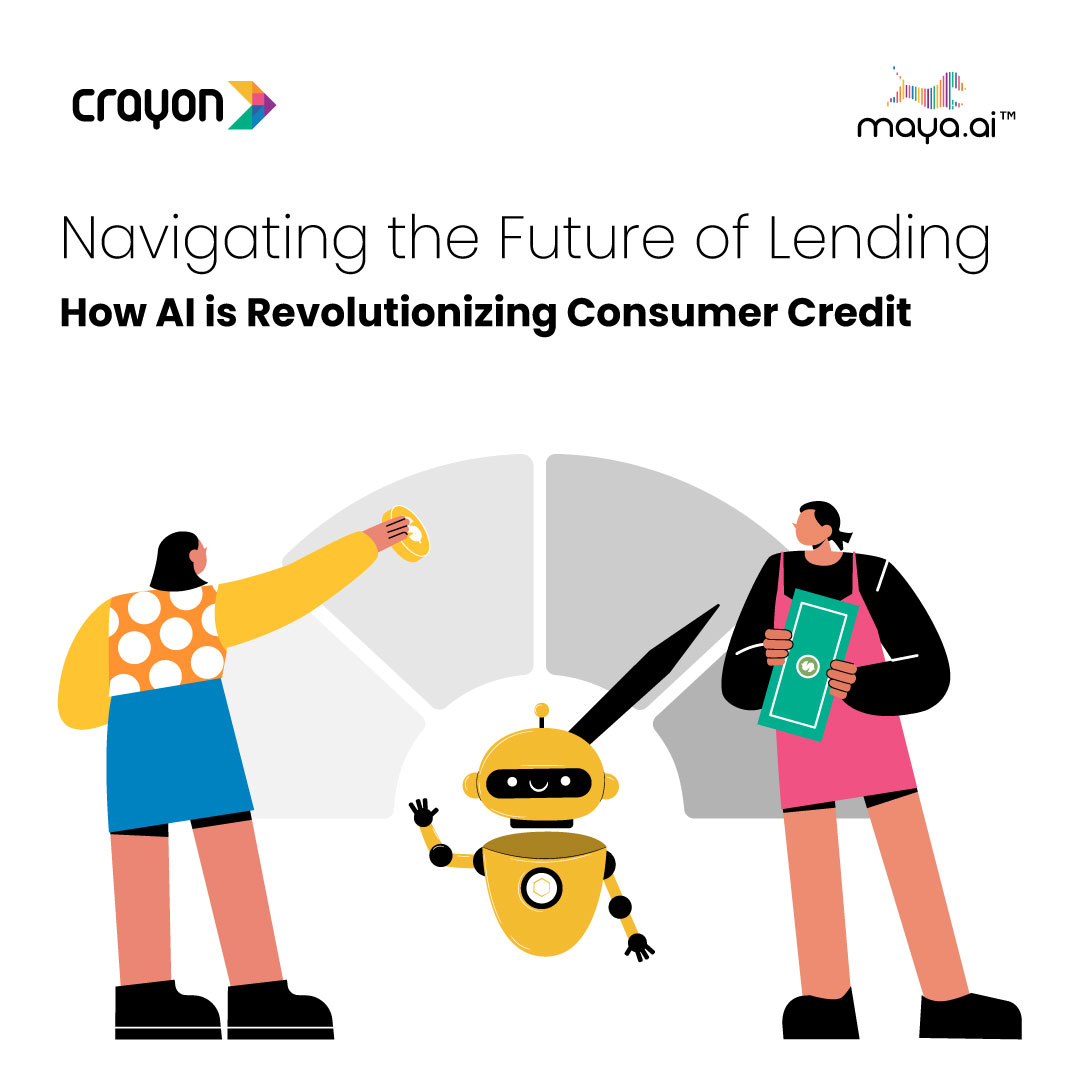The fintech industry is growing at an accelerated pace, driven by new technological innovations and evolving needs. In many cases, the modern enhancements across many IT sectors have had secondary effects across industries – and particularly on fintech products and services.
For example, artificial intelligence (AI) now drives a large number of applications and major predictive market models/systems. Of particular note are big data analytics and product analytics. Both industries get a lot of news coverage, though normally in relation to social media or marketing. Yet many emerging fintech companies are using the power of big data and product analytics to enhance their products and services and to personalize their offerings.
Today, let’s break down how big data and product analytics are both impacting the fintech industry at large.
Predicting customer behavior
For starters, big data analytics and even individual product analytics may help fintech providers predict customer behavior more accurately than ever before. As companies are able to gather information like usage rate for specific products, where people spend their time, and what types of products they prefer, those organizations will then be able to better tailor their manufacturing and marketing efforts to customers’ preferences.
For example, fintech service providers can now use big data analytics to understand what people prioritize during times of financial crisis, like during the recent COVID-19 pandemic. According to recent statistics, there has been a 50% uptick in the number of adults purchasing an insurance plan since the pandemic began to help cover financial losses.
By analyzing what customers are likely to be drawn toward over the next couple of years, companies can stay ahead of the curve and avoid falling behind their competitors when it comes to new products or services.
Assessing risk
With big data analytics, companies can take all the data they get from their mobile apps, online fintech services, and other products to:
- Predicting shifting customer preferences that may not align with current company production
- Anticipating evolving cybersecurity threats and compliance risks
- Discovering which new fintech companies may be disruptive to the industry
Fintech is one sector that was certainly not harmed by the pandemic. In fact, fintech adoption as a whole has increased by up to 72% because of the pandemic. But that doesn’t mean firms are immune to market risks. More accurate risk assessment means established fintech firms may be able to rest more easily and remain cemented in positions of authority throughout the industry.
Increasing marketplace agility
Big data analytics when used to power machine learning algorithms should enable fintech firms to enjoy greater marketplace agility. By analyzing how customers use products and fintech services, and how they spend their time and money on fintech platforms, organizations will be able to adapt rapidly to changing customer preferences or market conditions.
For instance, the continuing trend toward working from home because of the pandemic has led some fintech firms to provide more developed payroll software and solutions for corporate organizations. This agile response undoubtedly led to major profits for those fintech companies that were able to take advantage of the situation.
As big data analytics improves, companies will be able to predict marketplace shifts and remain agile in shorter time frames (on the order of weeks and months instead of years).
Anticipating changing customer preferences
Related to the above, big data analytics may help fintech services or organizations better anticipate changing customer preferences before they are caught off guard. According to recent statistics, 43% of small business owners today rely on online banking services. Companies that know this can then rapidly transition to providing more robust or enhanced online banking services in lieu of other products, such as physical banking terminals.
This is particularly true in developing countries, where many demographics may not have access to common banking services. Innovative startups may focus their efforts on unbanked individuals by providing new online and secure banking services. By anticipating changing customer preferences, fintech companies will be able to provide products and services ideally tailored to their target audiences before they’re explicitly asked for them.
Monetizing data
Data monetization, such as the gathering and selling of data to data brokers or to other organizations, is already practiced by many fintech companies, social media firms, and other online-focused groups. Of course, how much monetization is allowed will depend on the evolving compliance atmosphere, as discussions about consumers’ data rights are hashed out.
We can expect that increased data monetization and increased regulatory oversight of said monetization will both be part of the ongoing fintech revolution in the coming years.
Improving scalability
More data requires better data management. Automation, which relies on the massive amount of data from the data analytics tools, should simultaneously boost scalability for fintech startups.
Achieving scalability can be tricky throughout an organization’s lifespan, but it may be much easier if that organization has mounds of data to sift through to influence its planning and decision-making. As development pipelines for software tools and solutions are automated, companies will be able to ramp up production and increase customer satisfaction more easily and efficiently than ever before.
This is true even in the realm of regulatory compliance. Integrated platforms and product analytics should enable companies to stay ahead of the curve in this way as well, avoiding compliance issues and major fees that may impact scalability and fast growth.
Personalizing services
Personalization is excellent for improving customer retention. Consider this example. A company could determine the major demographic or population attributes of its target audience, then use that information to provide specific credit card bonuses or rewards programs for specific customers.
Improved personalization of services can also include:
- Personalized dashboards or webpages
- Personalized marketing offers are investment suggestions
- Special services from chatbots for customer service
This element of analytics will only become more accurate, as well as more expected over time. Fintech companies must jump on this trend quickly or they’ll be left behind by competitors who are early to adopt the new standard.
Conclusion
There’s good reason to believe that the fintech revolution will continue in the developed and developing worlds. For example, the fintech sector is growing across the Middle East at a compounded annual growth rate of about 30%. Nearly 500 distinct fintech firms are expected to generate $2 billion in investment capital funding in the United Arab Emirates alone. Other areas showcase similar growth projections.
As fintech services leverage the power and predictability of big data analytics and product analytics, they’ll become even more entrenched in individuals’ everyday lives and learn more about their target consumers. In this way, they’ll become more efficient, more personalized, and more valuable to diverse user bases.




